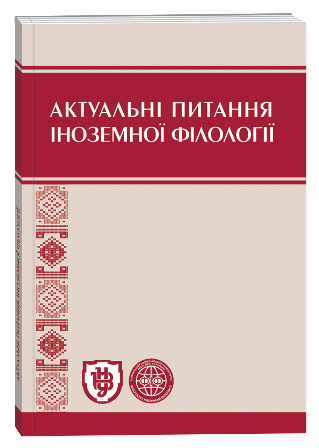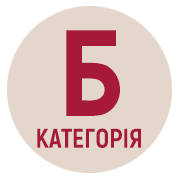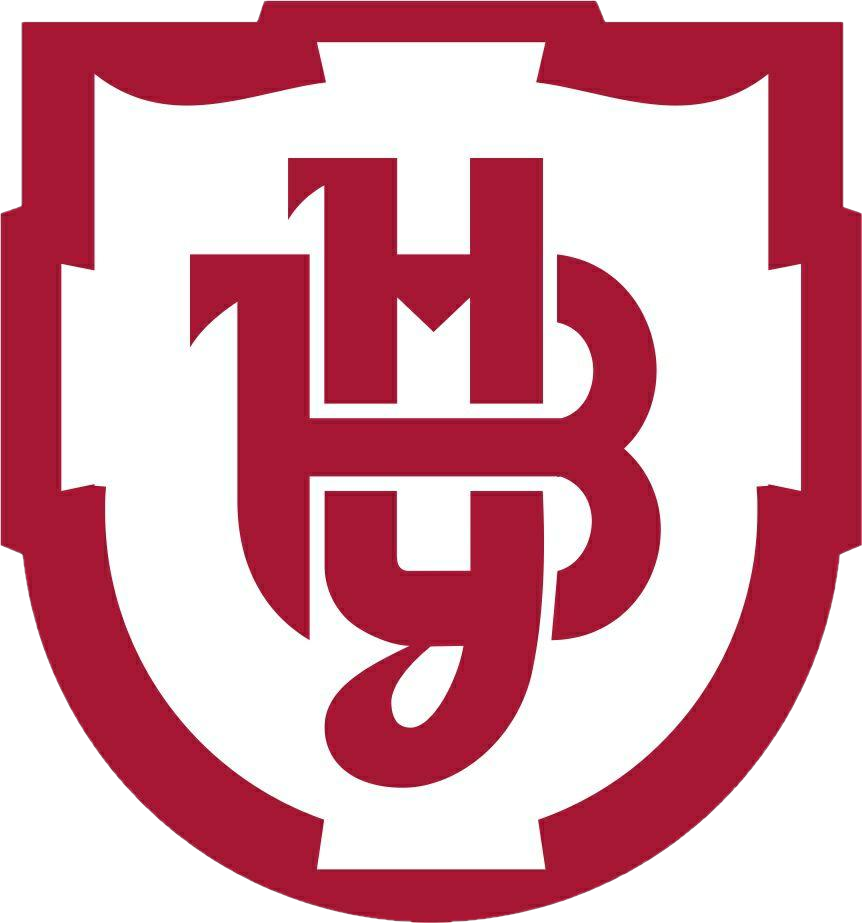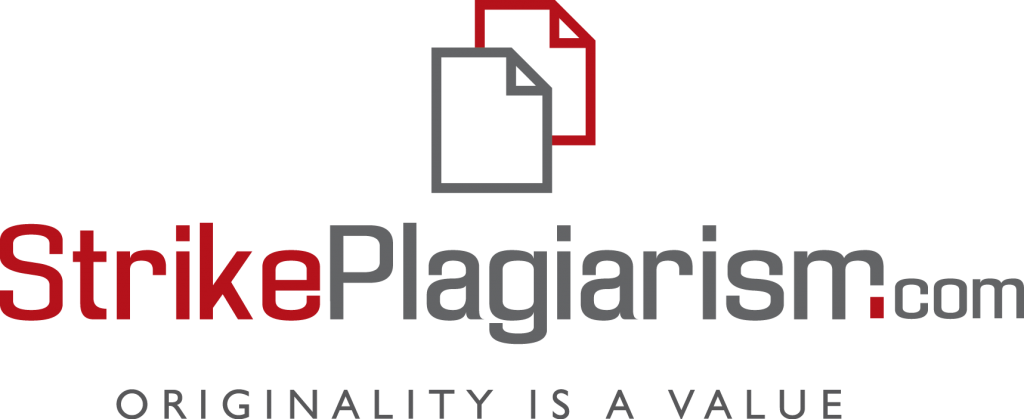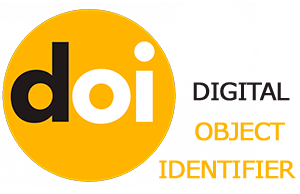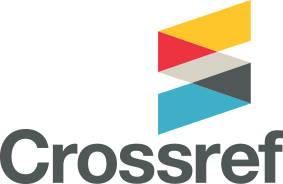FRAMESTRUKTUREN DER BEZEICHNUNG DER WESENSART IM DISKURS DER SCHÖNEN LITERATUR
Ключові слова:
Frame, Framestruktur, Terminal, Terminalelement, Wesensart, DiskursАнотація
In diesem Beitrag wird das Problem der Frameprдsentation der menschlichen Wesensart im deutschsprachigen literarischen Diskurs behandelt. Frames gelten als kognitive Strukturen, die die Kenntnisse ьber ein Objekt, einen Prozess oder eine Erscheinung prдsentieren. Es wird zwischen Frames und Framestrukturen unterschieden. Frames bestehen aus den Terminals und sind mentale Gebilde; Framestrukturen bestehen aus den Terminalelementen und sind sprachliche Korrelate der entsprechenden Frames im Diskurs. Anhand des kategorialen Wissens, das in den lexikographischen Quellen festgelegt ist, werden die Hauptterminals eines jeweiligen Frames bestimmt. Im Beitrag werden die Terminalelemente von entsprechenden Terminals des Frames „Wesensart“ analysiert, die die innere Natur der handelnden Personen im literarischen Diskurs charakterisieren. Als Ergebnis der durchgefьhrten Analyse wurde festgestellt, dass die Terminalelemente, die das menschliche Wesen beschreiben, die bedeutende Rolle fьr die Wiedergabe der Charaktere der handelnden Personen spielen, denn sie treten als wichtige diskursive Komponenten auf, die die inhaltliche Kohдrenz der darstellenden Framestrukturen im literarischen Diskurs gewдhrleisten.
Посилання
Дейк Т. А. ван. Язык. Познание. Коммуникация / Т. А. ван Дейк ; сост. В. В. Петрова ; под ред. В. И. Герасимова ; пер. с англ. – М. : Прогресс, 1989. – 312 с.
Жаботинская С. А. Концептуальный анализ: типы фреймов / С. А. Жаботинская // Вісник Черкас. ун-ту. Сер. «Філологічні науки». – 1999. – Вип. 11. – С. 12–25.
Козак С. В. Взаємодія фреймів «Природа» і «Людина» у мовній презентації духовного єднання людини і природи (на матеріалі твору Т. Гарді «Тесс із роду д’Ербервіллів») / С. В. Козак // Науковий вісник Волин. держ. ун-ту ім. Лесі Українки. – 2006. – № 6. – С. 19–24.
Кусько К. Я. Фрейми в концептосфері політичного дискурсу / К. Я. Кусько // Вербальні та невербальні особливості дискурсу різножанрової типології : зб. наук. праць. – Львів, 2006. – С. 3–20.
Сулимов В. А. Когнитивное описание языка и его культурологическая интерпретация: когнитивные трансформации / В. А. Сулимов // Филологические науки. – 2006. – № 1. – С. 40–47.
Cruse D. A. Cognitive Linguistics and Word Meaning: Taylor on Linguistic Categorization. Review article / D. Alan Cruse // Journal of Linguistics. – 1992. – No 28. – P. 165–183.
Das Glasperlenspiel [Elektronische Ressource]. – Zugangsmodus : https://de.wikipedia.org/wiki/ Das_Glasperlenspiel#Die_Handlung
Dijk T. A., van. Semantic Macrostructures and Knowledge Frames in Discourse Comprehension / T. A. van Dijk // Ideology: A Multidisciplinary Approach. – L : Sage, 1998. – 384 р.
Duden. Deutsches Universalwцrterbuch. – 4., neu bearbeitete und erweiterte Auflage. – Mannheim ; Leipzig ; Wien ; Zьrich : Dudenverlag, 2001. – 1892 S.
Fillmore Ch. J. Frame Semantics / Ch. J. Fillmore // Linguistic Society of Korea: Linguistics in the Morning Calm. – Seoul, 1982. – P. 111–138.
Geckeler H. Strukturelle Wortfeldforschung heute / Horst Geckeler // Studien zur Wortfeldtheorie. – Tьbingen : Niemeyer, 1993. – S. 11–21.
Hesse H. Das Glasperlenspiel / H. Hesse. – SPb. : Anthologie, KARO, 2006. – 480 S.
Konerding K.-P. Frames und lexikalisches Bedeutungswissen. Untersuchungen zur linguistischen Grundlegung einer Frametheorie und zu ihrer Anwendung in der Lexikographie / K.-P. Konerding. – Tьbingen, 1993. – 492 S.
Minsky M. A Framework for Representing Knowledge / M. Minsky // Mind Design. – Cambridge, 1981. – P. 95–128.
Voigt S. Framesemantische Strukturen des Textes als Beitrag zur Textverstдndlichkeit / S. Voigt. – Berlin : Logos-Verlag, 1997. – 267 S.
##submission.downloads##
Опубліковано
Як цитувати
Номер
Розділ
Ліцензія
Авторське право (c) 2025 Sofiia Kozak

Ця робота ліцензується відповідно до Creative Commons Attribution 4.0 International License.
